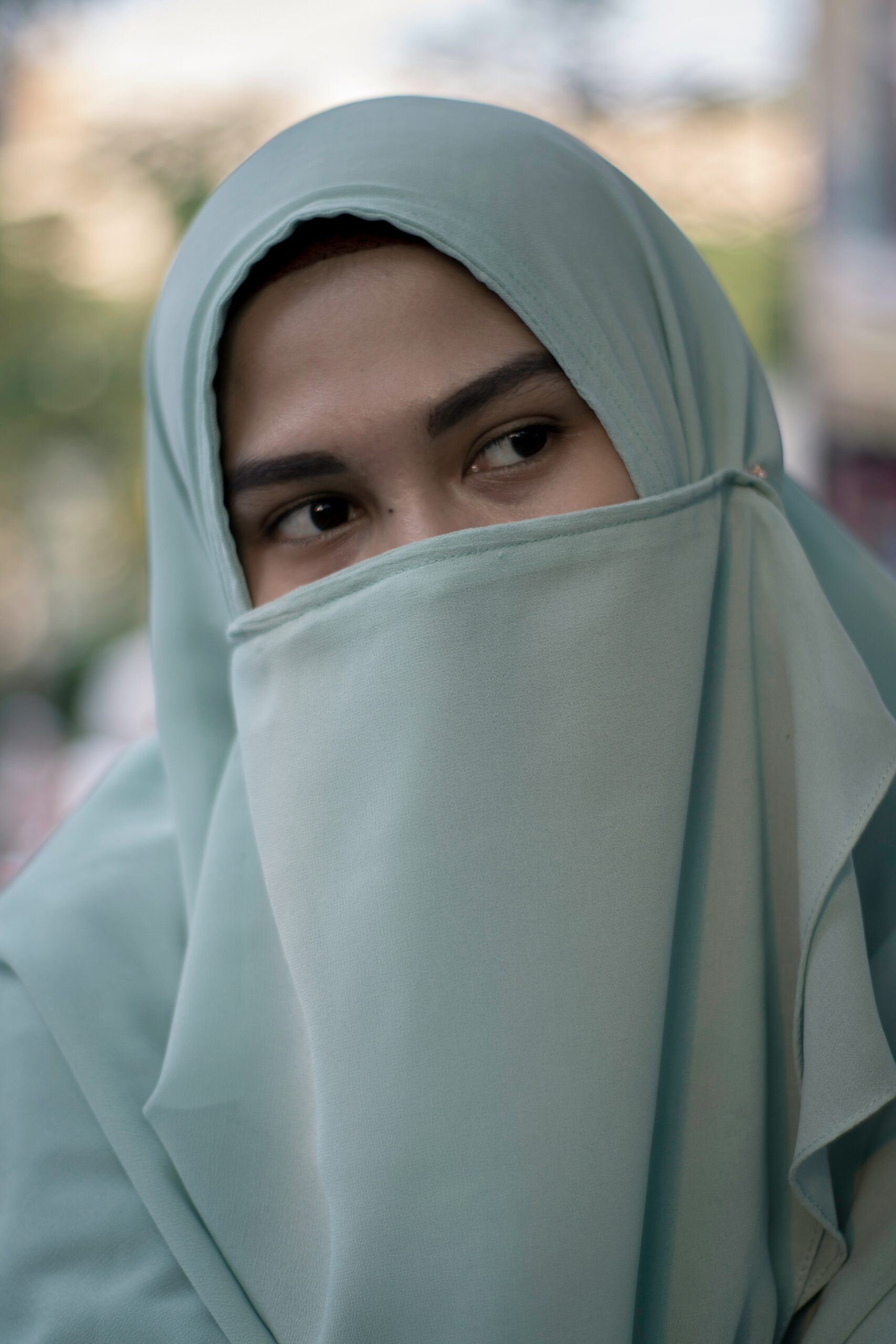The recurring pattern of anti-immigration protests and violence in Britain

The recent violent protests generally motivated by anger over the immigration or failed asylum systems in Britain was certainly disturbing. The sad thing, however, is that this is not the first nor the last time that we will be talking about race riots, protests and violence in Britain. Britain has a long history of two recurring patterns: The first is the continued arrival of peoples from outside these two islands. The second is the tensions and protests between the most recent arrivals and the earlier or more long-term arrivals.
In an article in The Guardian (10 August 2024) by the author Robert Winder, who wrote the book ‘Bloody Foreigners’, he rightly and powerfully argues that Britain has a long history of blaming foreigners for social and economic problems. As far back as 1190, he claims that the Jews of York were taken into a castle and killed. In 1312, the country witnessed racial attacks against Flemish weavers who had arrived in search of employment. He refers to an incident in May 1517 where a group of 1,000 men in London went around attacking anybody who looked foreign. Many people today would think, surely things have moved on, but the recent racial protests and violence suggest we are simply seeing a recurring pattern.
As early as 1596 the Privy Council issued a letter addressed to the Lord Mayor of London, other mayors, the Vice Admirals and other public officers to authorise a merchant from Lubeck, named Caspar Van Senden, to take up Black people in the country and transport them to Spain and Portugal. Five years later another letter was written suggesting the same idea. Although there is no evidence that Black people were deported from the country at this period, the documents suggest the concerns amongst the privy council government officials over the number of Black people in the country. As the numbers of Black and Asian peoples increased over the next few centuries, the level of discomfort, unease and racial hatred was played out by members of the public through protests.
The race riots in Cardiff and Liverpool in 1919 were caused, in part, from the demobilisation of troops which led to severe post-war competition for jobs. The perception that foreigners were ‘stealing’ jobs was one of the triggers for the rioting and attacks on Black and minority ethnic communities in British port cities. One of the reasons for these early riots was the view among some Whites that the Black and Asian people were receiving unfair proportions of benefits such as housing. There were also claims of Black men attracting White women. Because of these attacks against Black and other ethnic minority workers in Liverpool, hundreds had to leave their homes and seek police protection and shelter. The 1940s also witnessed racial violence in hostels for workers in places like Birmingham, West Bromwich, and Hertfordshire. One of the standout racial violence and protest against Black people occurred in Notting Hill in 1958. It was in response to this week-long protest and violence that Claudia Jones suggested the need for putting on a Caribbean show as a way of fostering better understanding between Caribbean people and Whites. This later resulted in the Notting Hill Carnival. There were also several race protests and violence in 1981 in several towns and cities such as Brixton, Handsworth in Birmingham, Leeds, Liverpool, Manchester and Nottingham.
Many of the causes for the racial tensions and protests stem from similar reasons. These include: suspicion and hatred of foreigners, especially Blacks and Asians, misinformation that helps support preconceived ideas and positions, and mistrust of the police and authorities by Black people. For example, in the case of the race riots and fights in the Birmingham workers’ hostel, suspicion of Black people and the fear of White women being attracted to Black men, were two critical factors. Regardless of these differences of opinions, disrespect of the other, or outright hatred of Black or Asian peoples, we have to accept that most of the people in Britain today are either recent or early immigrants to the country. Whether we discuss the Romans, Anglo Saxons, other Europeans, Jews, Africans, Asians, Caribbeans living in Britain today or centuries ago, they can all trace their origin to somewhere else. The problem is, if we can’t learn to respect our differences, these recurring patterns of racial tensions, protests and fights will continue.
Dr. Tony Talburt is a Senior Lecturer in Black Studies at Birmingham City University in the UK.






